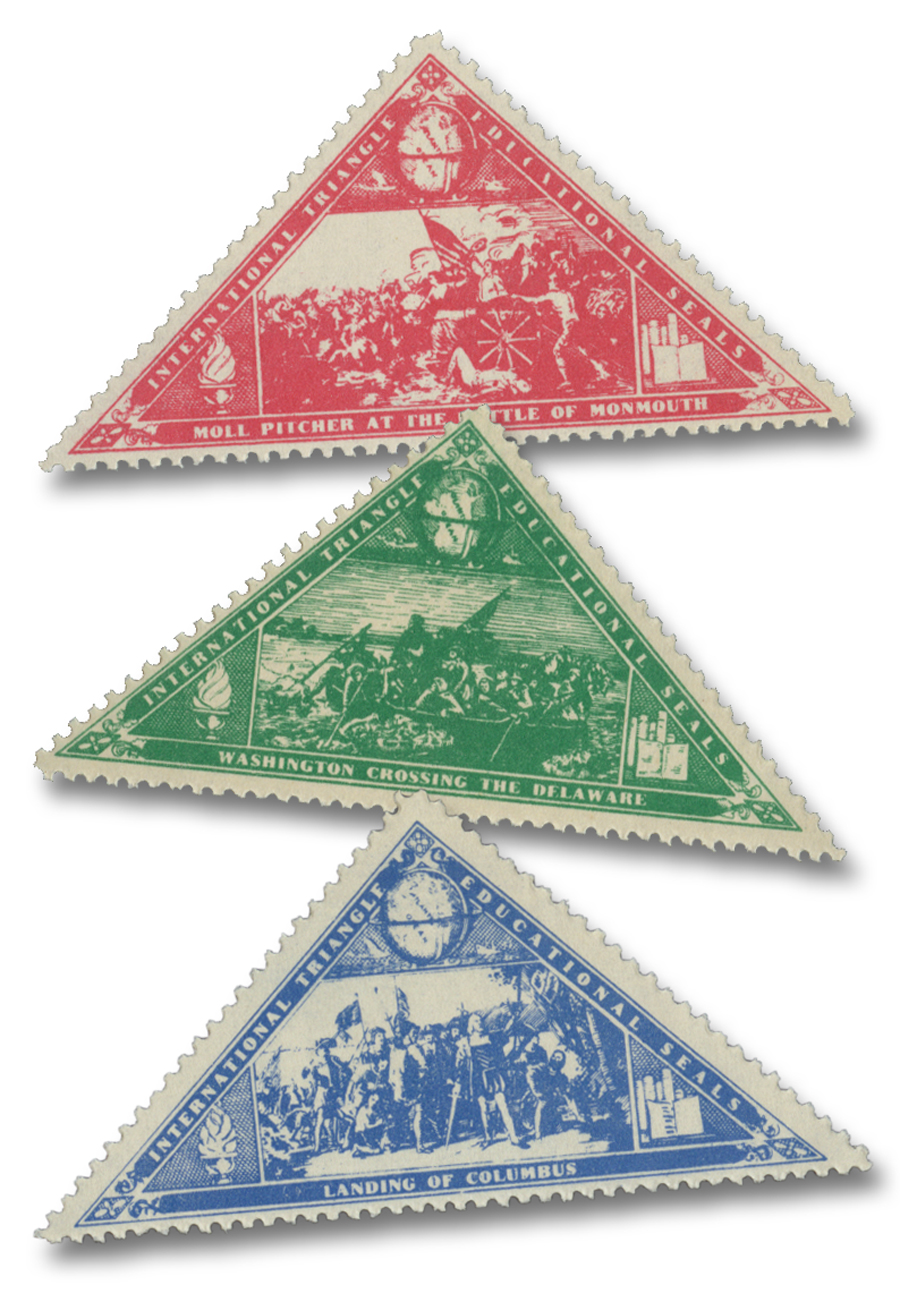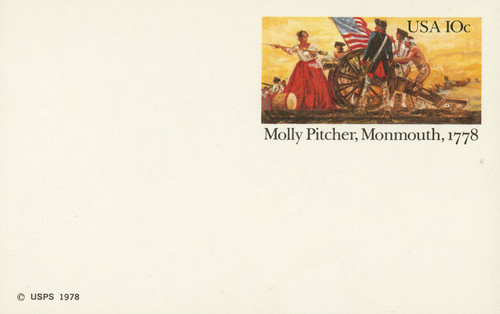
# UX77 FDC - 1978 10c Postal Card - Molly Pitcher
Birth Of “Molly Pitcher”
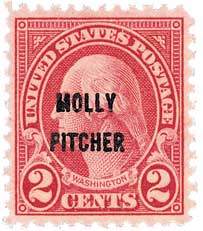
On October 13, 1754, one of the women that inspired the nickname, “Molly Pitcher,” was born near Trenton, New Jersey.
Molly Pitcher was known for bravely supplying water to soldiers during the Revolutionary War, but became famous when her husband fell and she took up his place at a cannon. She wasn’t one specific woman, but believed to have been a folk heroine inspired by a few different women. One of the most recognized of these women is Mary Ludwig Hays (sometimes spelled Hayes).
Born Mary Ludwig, she was the daughter of Maria Margaretha and Johann George Ludwig. She likely never attended school. She later moved to Carlisle, Pennsylvania where she married a barber named William (or John) Hays. In 1774, Mary’s husband was among the people charged with boycotting the Tea Act.
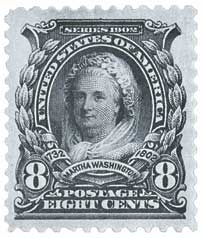
In 1777, Mary’s husband enlisted in the 4th Pennsylvania Artillery. That winter, Mary was one of several women to accompany their husbands to the camp at Valley Forge, Pennsylvania. Following Martha Washington’s example, these women, known as camp followers, washed clothes and blankets and also cared for the sick and wounded soldiers.
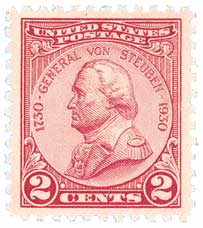
In the spring, Mary’s husband began training as an artilleryman under Baron von Steuben. Mary and the other women were tasked with providing a constant supply of water. The water was used to cool down the hot cannon barrels and soak the end of the ramrod. Mary may have received the famous nickname at this time. Molly was a common nickname for Mary and they may have called to her whenever they needed a pitcher of water – “Molly! Pitcher!”
That June, Mary followed her husband to the Battle of Monmouth Court House in New Jersey. Early on, Mary found a nearby spring to provide the much-needed water for her husband’s cannon. There are two sites on the battlefield now marked as “Molly Pitcher Spring.” It was a very hot day – over 100 degrees. At some point during the battle, Mary’s husband collapsed, either from a wound or heat exhaustion.
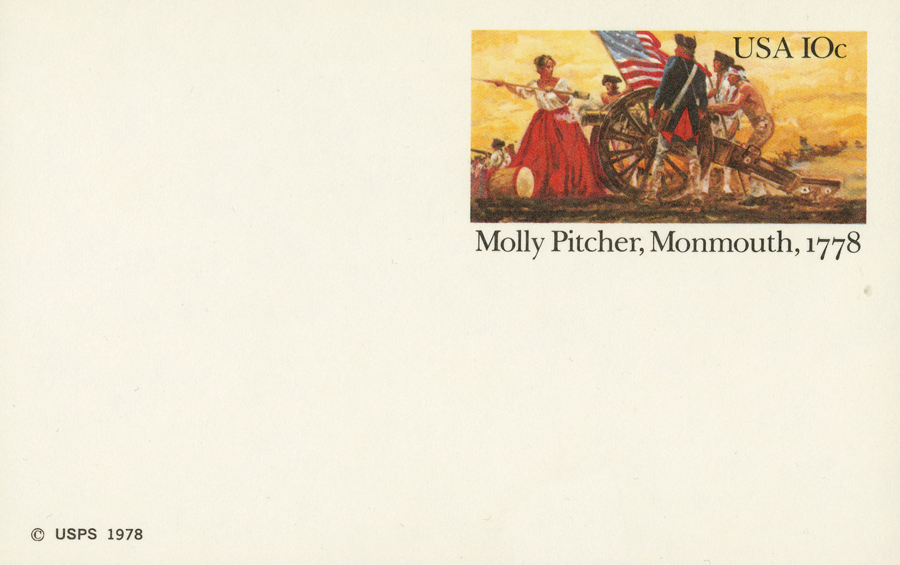
Mary watched as her husband was carried from the battlefield and then took his place at the cannon, “swabbing and loading” with his ramrod. She was nearly injured herself when a British cannonball flew between her legs and tore off part of her skirt. She claimed it could have been worse, and went back to work.
Continental soldier Joseph Plumb Martin included this story in his memoirs, recalling, “A woman whose husband belonged to the artillery and who was then attached to a piece in the engagement, attended with her husband at the piece the whole time. While in the act of reaching a cartridge and having one of her feet as far before the other as she could step, a cannon shot from the enemy passed directly between her legs without doing any other damage than carrying away all the lower part of her petticoat. Looking at it with apparent unconcern, she observed that it was lucky it did not pass a little higher, for in that case it might have carried away something else, and continued her occupation.”
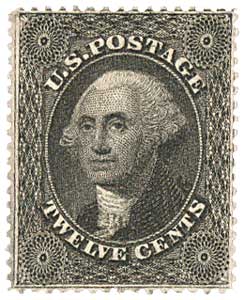
After the battle ended, General George Washington recognized Mary’s bravery and made her a non commissioned officer. She then became known as Sergeant Molly, a nickname she enjoyed for the rest of her life.
After the war, Mary and her husband returned to Carlisle, Pennsylvania where she gave birth to a son. After her husband’s death in 1786, she remarried John McCauley. However, he had a bad temper, forced Mary to sell her land, and then disappeared. Mary went on to work cleaning, painting, and caring for children and the sick. In 1822, she was awarded a $40 annual pension for her service. She died 10 years later, on January 22, 1832. Her gravesite includes a statue of “Molly Pitcher” standing beside a cannon.
Are there other Molly Pitchers?
Yes! Another woman often known as Molly Pitcher is Margaret Corbin of Philadelphia, Pennsylvania. Her husband, John, was also a Continental artilleryman. In November 1776, the Corbins were at the Battle of Fort Washington in northern Manhattan. During the battle, John was killed and Margaret immediately took his place at the cannon. She remained there until she was hit in the arm by enemy fire. Three years later, Mary became the first woman in the US to receive a military pension for her service. She was often called “Captain Molly.”
As the anniversary of the Battle of Monmouth approached, New Jersey residents requested that a stamp be issued honoring the fabled heroine Molly Pitcher. However, the Post Office Department claimed it had issued its quota of commemoratives and couldn’t issue the stamp they wanted. But New Jersey Congressman Harold G. Hoffman believed that his state deserved a stamp for its role in the Revolution and continued to write letters to the Post Office Department.
Finally, with support from Connecticut Congressman John Q. Tilson, the Department agreed to issue an overprinted stamp, as they had done with the Discovery of Hawaii issue. While New Jersey residents were happy to have their stamp, collectors and the general public were unimpressed with the stamp’s lack of creativity, not even showing who or what Molly Pitcher was.
The “Molly Pitcher” stamp is an overprint on the regular two-cent value of the 1922-23 series. This overprint and others issued as commemoratives in 1928 caused confusion even in US post offices when they were mistaken for canceled regular issues stamps!
Birth Of “Molly Pitcher”

On October 13, 1754, one of the women that inspired the nickname, “Molly Pitcher,” was born near Trenton, New Jersey.
Molly Pitcher was known for bravely supplying water to soldiers during the Revolutionary War, but became famous when her husband fell and she took up his place at a cannon. She wasn’t one specific woman, but believed to have been a folk heroine inspired by a few different women. One of the most recognized of these women is Mary Ludwig Hays (sometimes spelled Hayes).
Born Mary Ludwig, she was the daughter of Maria Margaretha and Johann George Ludwig. She likely never attended school. She later moved to Carlisle, Pennsylvania where she married a barber named William (or John) Hays. In 1774, Mary’s husband was among the people charged with boycotting the Tea Act.

In 1777, Mary’s husband enlisted in the 4th Pennsylvania Artillery. That winter, Mary was one of several women to accompany their husbands to the camp at Valley Forge, Pennsylvania. Following Martha Washington’s example, these women, known as camp followers, washed clothes and blankets and also cared for the sick and wounded soldiers.

In the spring, Mary’s husband began training as an artilleryman under Baron von Steuben. Mary and the other women were tasked with providing a constant supply of water. The water was used to cool down the hot cannon barrels and soak the end of the ramrod. Mary may have received the famous nickname at this time. Molly was a common nickname for Mary and they may have called to her whenever they needed a pitcher of water – “Molly! Pitcher!”
That June, Mary followed her husband to the Battle of Monmouth Court House in New Jersey. Early on, Mary found a nearby spring to provide the much-needed water for her husband’s cannon. There are two sites on the battlefield now marked as “Molly Pitcher Spring.” It was a very hot day – over 100 degrees. At some point during the battle, Mary’s husband collapsed, either from a wound or heat exhaustion.

Mary watched as her husband was carried from the battlefield and then took his place at the cannon, “swabbing and loading” with his ramrod. She was nearly injured herself when a British cannonball flew between her legs and tore off part of her skirt. She claimed it could have been worse, and went back to work.
Continental soldier Joseph Plumb Martin included this story in his memoirs, recalling, “A woman whose husband belonged to the artillery and who was then attached to a piece in the engagement, attended with her husband at the piece the whole time. While in the act of reaching a cartridge and having one of her feet as far before the other as she could step, a cannon shot from the enemy passed directly between her legs without doing any other damage than carrying away all the lower part of her petticoat. Looking at it with apparent unconcern, she observed that it was lucky it did not pass a little higher, for in that case it might have carried away something else, and continued her occupation.”

After the battle ended, General George Washington recognized Mary’s bravery and made her a non commissioned officer. She then became known as Sergeant Molly, a nickname she enjoyed for the rest of her life.
After the war, Mary and her husband returned to Carlisle, Pennsylvania where she gave birth to a son. After her husband’s death in 1786, she remarried John McCauley. However, he had a bad temper, forced Mary to sell her land, and then disappeared. Mary went on to work cleaning, painting, and caring for children and the sick. In 1822, she was awarded a $40 annual pension for her service. She died 10 years later, on January 22, 1832. Her gravesite includes a statue of “Molly Pitcher” standing beside a cannon.
Are there other Molly Pitchers?
Yes! Another woman often known as Molly Pitcher is Margaret Corbin of Philadelphia, Pennsylvania. Her husband, John, was also a Continental artilleryman. In November 1776, the Corbins were at the Battle of Fort Washington in northern Manhattan. During the battle, John was killed and Margaret immediately took his place at the cannon. She remained there until she was hit in the arm by enemy fire. Three years later, Mary became the first woman in the US to receive a military pension for her service. She was often called “Captain Molly.”
As the anniversary of the Battle of Monmouth approached, New Jersey residents requested that a stamp be issued honoring the fabled heroine Molly Pitcher. However, the Post Office Department claimed it had issued its quota of commemoratives and couldn’t issue the stamp they wanted. But New Jersey Congressman Harold G. Hoffman believed that his state deserved a stamp for its role in the Revolution and continued to write letters to the Post Office Department.
Finally, with support from Connecticut Congressman John Q. Tilson, the Department agreed to issue an overprinted stamp, as they had done with the Discovery of Hawaii issue. While New Jersey residents were happy to have their stamp, collectors and the general public were unimpressed with the stamp’s lack of creativity, not even showing who or what Molly Pitcher was.
The “Molly Pitcher” stamp is an overprint on the regular two-cent value of the 1922-23 series. This overprint and others issued as commemoratives in 1928 caused confusion even in US post offices when they were mistaken for canceled regular issues stamps!





